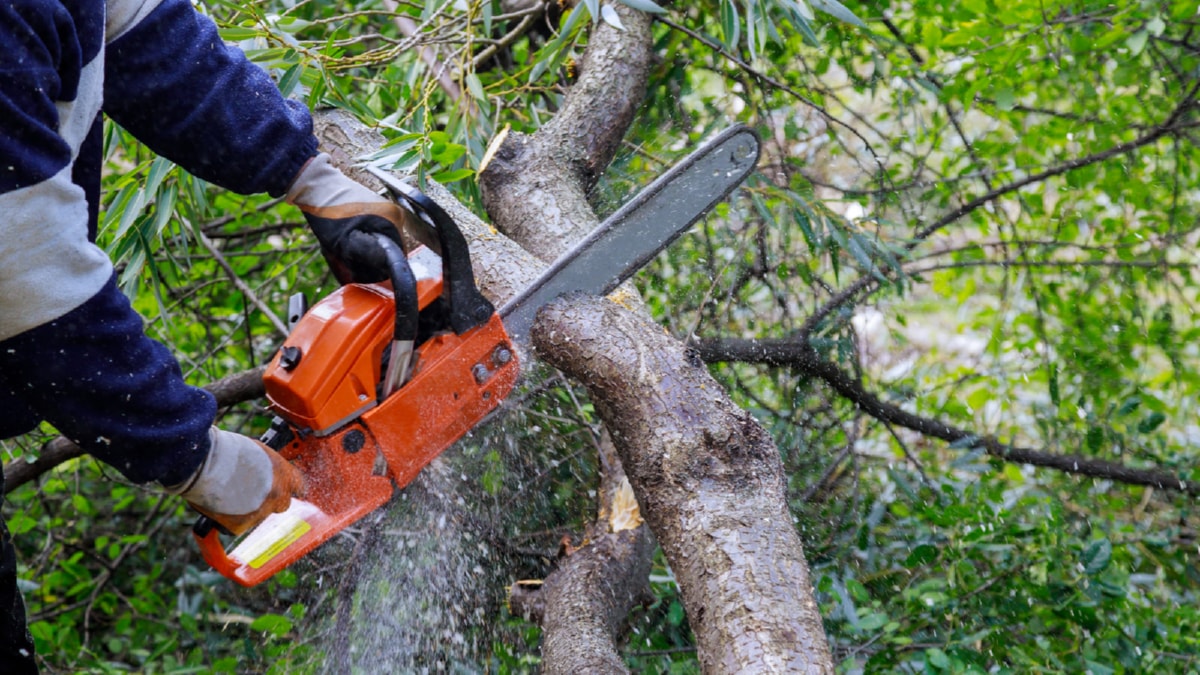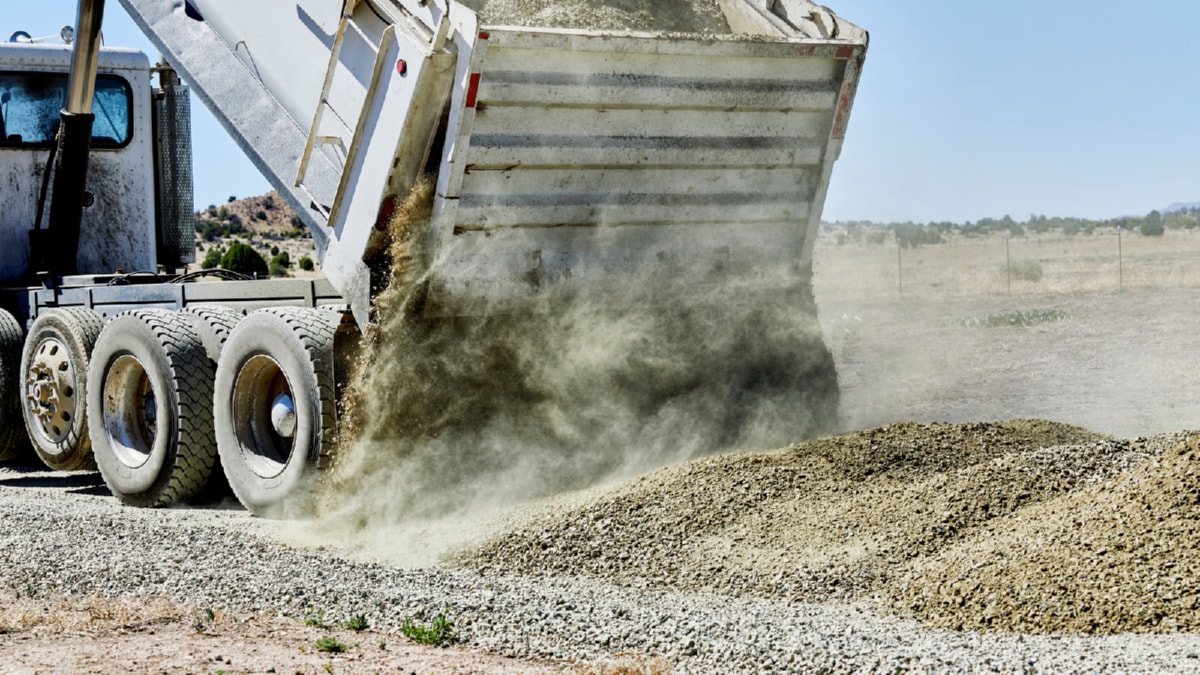In the contemporary times, the construction industry is experiencing a significant paradigm shift towards green practices. This shift is no longer a choice but a necessity to combat the adverse effects of climate change and ensure a healthier future for our planet. This article aims to provide a comprehensive guide to understanding the essentials of green construction methods in today’s era.
Green construction refers to the approach of creating structures and using processes that are environmentally responsible and resource-efficient from a building’s lifecycle – from planning to design, construction, operation, maintenance, renovation, and demolition. It’s all about forming structures that coexist harmoniously with the natural environment, causing minimal ecological impact during and after construction.
Grasping the basics of green construction involves several key aspects. One of these is the use of renewable materials. These are materials that are repurposed or derived from renewable resources, including bamboo, cork, and recycled steel. These materials not only reduce the environmental impact but also improve the energy efficiency and lifespan of the building.
A second essential aspect is power efficiency. Energy-efficient structures are designed to limit energy use, primarily by optimizing natural light and heat, using high-efficiency appliances, and integrating renewable energy sources like solar panels or wind turbines. Such buildings not only cut down greenhouse gas emissions but also result in substantial cost savings in the long run.
Saving water is also a critical part of eco-friendly construction. Techniques like rainwater harvesting, greywater recycling, and the use of low-flow fixtures can significantly diminish water usage in a building. These practices not only conserve a vital resource but also cut down the costs associated with water use.
Lastly, green construction involves creating healthy indoor environments. This means using materials and products that minimize indoor pollutants, maximizing natural light, and improving air quality. A healthy indoor environment not only benefits the occupants’ health but also enhances their productivity and well-being.
In conclusion, eco-friendly construction is not just about constructing structures; it’s about creating a sustainable and healthy lifestyle. As the construction industry moves towards more sustainable practices, understanding these essentials becomes increasingly important. By incorporating these practices into our buildings, we can play a part in a more sustainable future for our planet.
Whether you are a builder, architect, or homeowner, embracing sustainable construction methods is the route to go in the modern world. It brings us one step closer to achieving a sustainable future and preserving the planet for generations to come. Remember, every small step counts towards making a big difference.
For more details, check best Insulation Solutions in Waterford or visit their Insulation Services Waterford business listing here.




